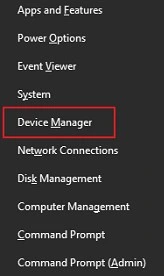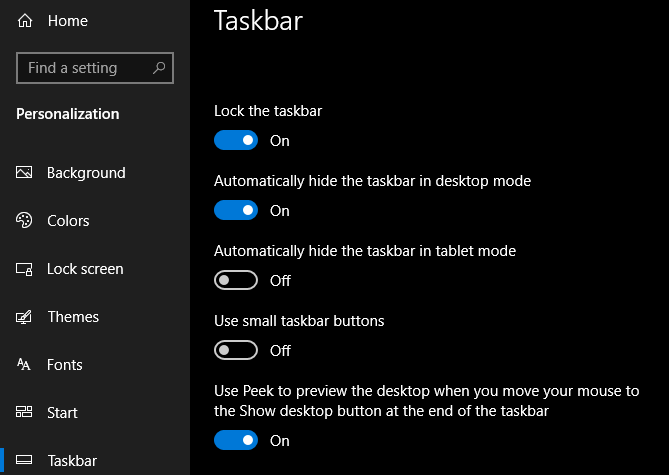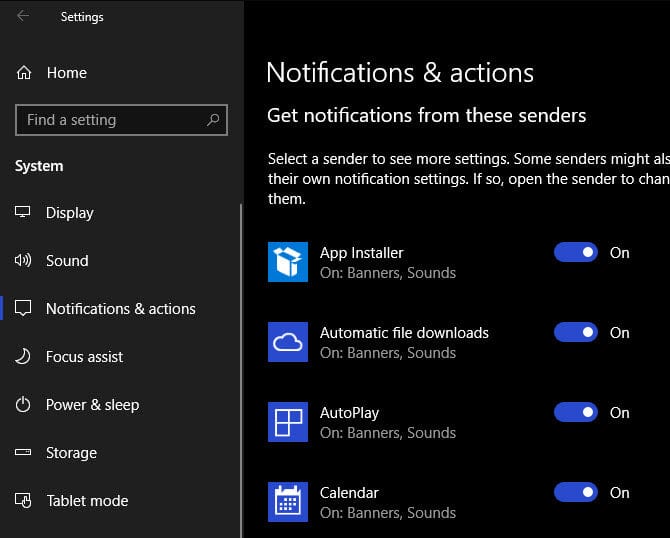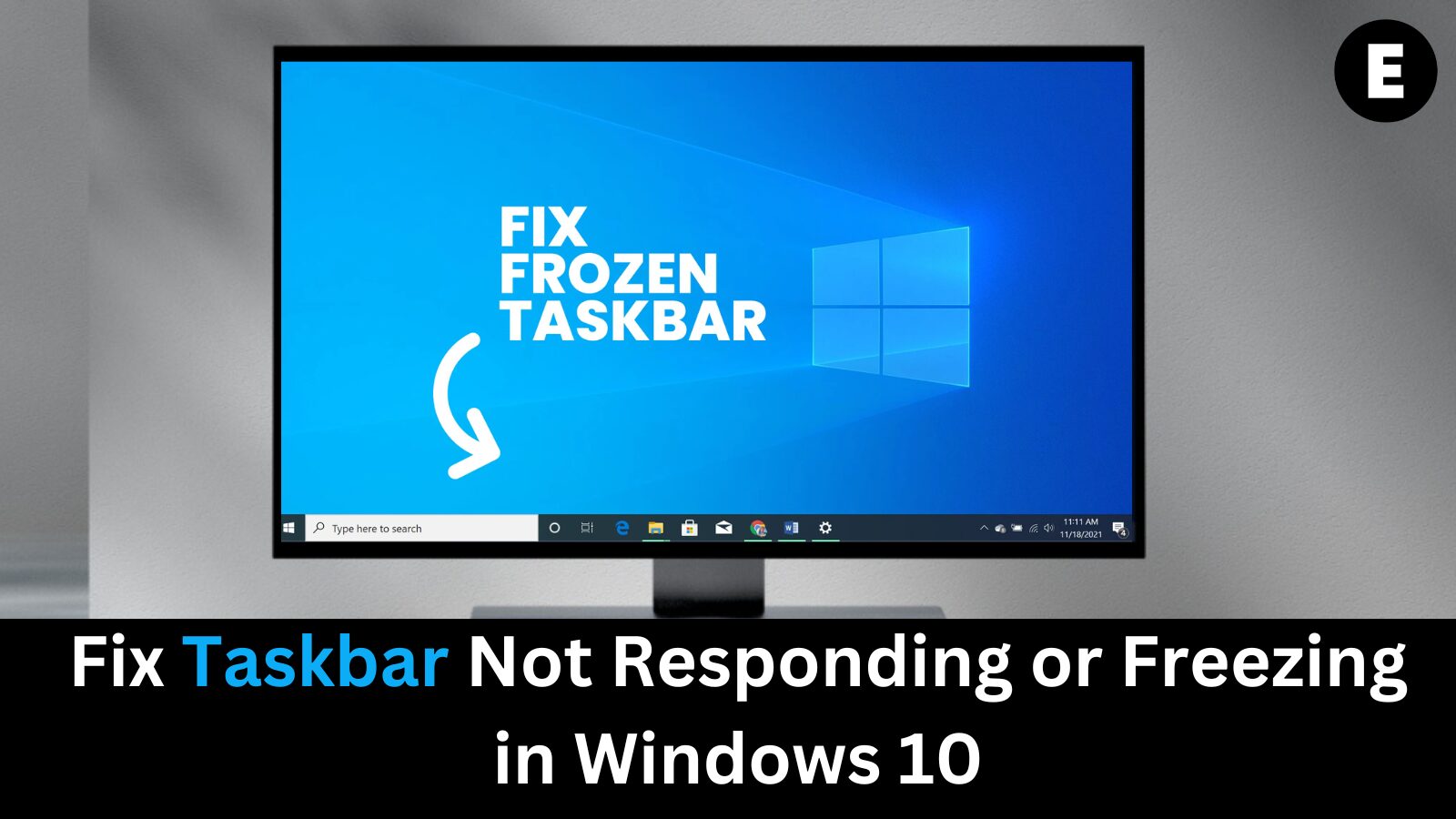The Windows 10 taskbar is one of the most useful features of the operating system, providing quick access to frequently used programs, notifications, and system settings. While the taskbar generally runs smoothly, there are times when it can freeze or become unresponsive. If you’re facing this issue, don’t worry—it’s not a common problem, and in most cases, a simple restart can fix it.
With the release of Windows 10, the taskbar got an updated design, introducing new features like Cortana search. While this is a great addition for some users, it can also be a source of occasional glitches, especially when Cortana is enabled. If you’re experiencing problems with the Windows 10 taskbar freezing, it may be related to this feature or other system issues.
Fortunately, if you don’t use Cortana or prefer a more streamlined taskbar, you can easily disable it. Here’s how:
How to Turn Off Cortana on Your Windows 10 Taskbar
- Right-click on an empty space on the taskbar.
- Select Cortana > Show Cortana Icon from the context menu.
- This will toggle the visibility of the Cortana search box, either hiding it or making it less prominent, giving your taskbar a cleaner look.
🔄 Fixing Taskbar Freezing: Restart Explorer.exe
One of the most effective fixes for a frozen taskbar in Windows 10 is restarting explorer.exe. This process controls several essential parts of the Windows shell, including the taskbar, Start Menu, and File Explorer. Here’s how to do it:
- Press Ctrl + Shift + Esc to open the Task Manager.

- Click on More Details if you see the simple window.
- Go to the Processes tab and locate Windows Explorer.
- Right-click and choose Restart.
Your taskbar will disappear briefly and then return. If this doesn’t resolve the issue right away, try restarting your computer.
🛠️ Taskbar Auto-Hide Not Working
If you’ve enabled the auto-hide feature for your taskbar, but it’s not working correctly, try the following steps:
- Restart your computer: This is often the quickest solution.
- Ensure Auto-Hide is Enabled:
- Go to Settings > Personalization > Taskbar.
- Make sure Automatically hide the taskbar in desktop mode is turned on. Toggle this setting off and on again to refresh it.

Check Open Applications: If an application requires your attention (like unsaved work or a notification), the taskbar may not hide. Check your open applications and any System Tray icons for alerts or error messages.
If the issue persists, you can adjust the notification settings for apps in Settings > System > Notifications & Actions, or go into the app’s own settings.

⚙️ Fix Missing Taskbar Icons
If your taskbar icons are missing or the System Tray isn’t showing, use the following steps to resolve the issue:
- Press Windows + X or right-click the Start button to open the Power User Menu.
- Open Command Prompt (Admin) or Windows PowerShell (Admin).
- Run the System File Checker by typing
sfc /scannowand pressing Enter. - If that doesn’t work, use the DISM tool by typing the following command:
DISM /Online /Cleanup-Image /RestoreHealth- After the scan completes, restart your computer. Your taskbar should now return to normal.

🚨 Frozen Taskbar: Quick Powershell Fix
If the taskbar is frozen and restarting explorer.exe doesn’t help, try this fix:
- Type PowerShell in the Start Menu, right-click the result, and select Run as Administrator.
- In the PowerShell window, enter the following command:
Get-AppXPackage -AllUsers | ForEach { Add-AppxPackage -DisableDevelopmentMode -Register "$($_.InstallLocation)\AppXManifest.xml" }
- After the command runs, restart your computer.
This should re-register all your apps and likely fix any taskbar freezing issues.
🖥️ Ensure Your Drivers Are Up to Date
Outdated or missing drivers can often cause issues with the Windows 10 taskbar and Start Menu. Make sure your drivers are up to date by running Windows Update regularly, and visit your hardware manufacturer’s website for specific driver updates.
✅ Final Thoughts:
Having trouble with your Windows 10 taskbar not working properly? Start by restarting explorer.exe, check your auto-hide settings, and ensure your drivers are up to date. If those solutions don’t fix the issue, use PowerShell or the DISM tool to repair system files. In most cases, these steps should help resolve common taskbar problems.
We hope this guide helps you get your taskbar working smoothly again. For more tips and troubleshooting, keep your system updated and consider checking for driver updates regularly.
One more thing
If you’re in search of a software company that embodies integrity and upholds honest business practices, your quest ends here at Ecomkeys.com. As a Microsoft Certified Partner, we prioritize the trust and satisfaction of our customers. Our commitment to delivering reliable software products is unwavering, and our dedication to your experience extends far beyond the point of sale. At Ecomkeys.com, we provide a comprehensive 360-degree support system that accompanies you throughout your software journey. Your trust is our foundation, and we’re here to ensure that every interaction with us is a positive and trustworthy one.

